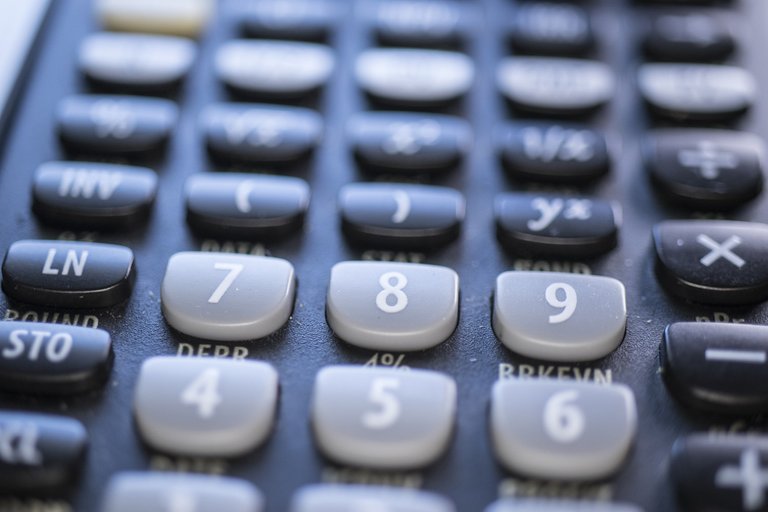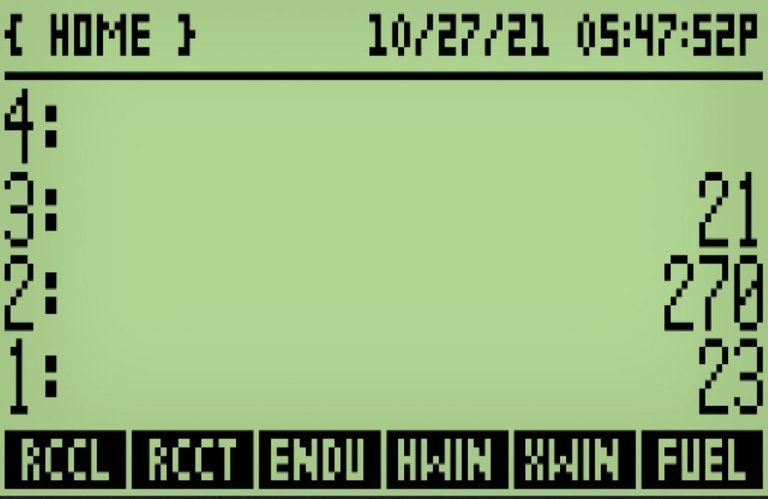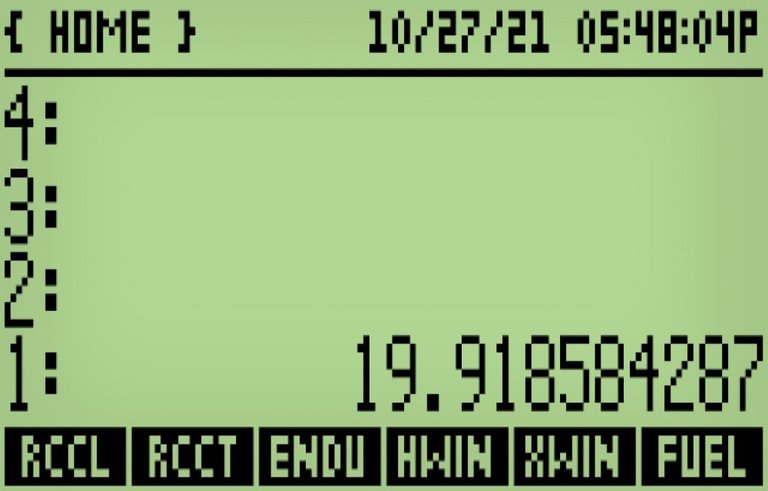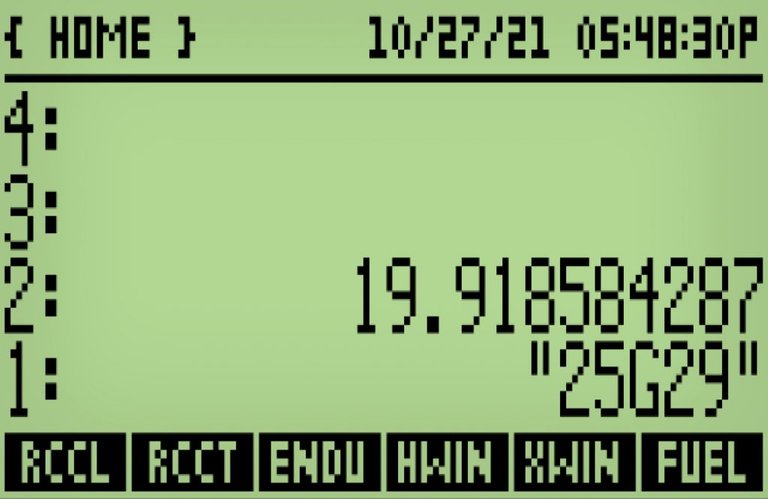
 Text In English will follow.
Text In English will follow.
Nota: questo articolo è scritto per addetti ai lavori, pertanto la comprensione di alcune sigle o terminologie particolari potrebbe risultare difficile per i meno esperti.
Con questo titolo non voglio parlare del glorioso regolo aeronautico (quello analogico logaritmico, solitamente in plastica), che tutti i piloti dovrebbero saper bene usare, quanto piuttosto di come oggi nella moderna aviazione sia assolutamente necessario l'ausilio di calcolatori specifici. Essi consentono infatti di ridurre i tempi dedicati alle operazioni prevolo e permettono ai piloti di utilizzare il proprio tempo per cose più importanti.
E condivisibile che ormai le regolamentazioni internazionali e particolarmente quelle di EASA richiedano frequenti verifiche di limitazioni ed altri parametri che si sommano a quelle più importanti già in essere, solitamente legate alle limitazioni, sulle varie tipologie di aeromobile.
Siamo arrivati all'assurdo che la compilazione di un quaderno tecnico di bordo possa comportare una serie piuttosto complicata di operazioni ad esempio relative al calcolo della massa di carburante o combustibile imbarcato.
Per ovviare a questa non proprio lineare problematica i vecchi regoli calcolatori convenzionali non sempre permettono di ridurre adeguatamente i tempi di calcolo: anche l'utilizzo di un calcolatore elettronico convenzionale potrebbe non essere abbastanza efficiente in quanto vengono richieste numerose operazioni ed il frequente reinserimento dei dati anche se già processati.
Ritornando a ritmi post pandemia covid nelle operazioni di volo mi sono ritrovato personalmente a scontrarmi con questo tipo di problematica, specialmente durante la preparazione dei voli degli aeromobili, spesso anche tre o quattro al giorno, dove l'equipaggio viene frequentemente disturbato da operatori esterni quali agente di rampa, tecnici e così via.
Una soluzione che ho ritenuto efficace è quella di programmare un calcolatore relativamente vecchio, cioè la HP48, di cui però sono disponibili numerose versioni che possono essere caricate come app sui telefoni mobili.

The real HP48
Questo calcolatore è stato per tutti gli anni '90 il cavallo di battaglia di scienziati e tecnici in quanto permetteva l'effettuazione di qualsiasi tipo di calcolo e disponeva di capacità grafiche non comuni alle altre macchine allora presenti sul mercato.
Il fatto che venga ancora oggi proposto nelle sue varie versioni come applicazione per telefoni cellulari indica la potenza e la flessibilità di questo apparato.
La particolarità dell'Hp 48 è che utilizza la cosiddetta notazione polacca inversa. In pratica per effettuare un'operazione semplice, per esempio 2 + 2, occorre digitare in sequenza i tasti 2 enter 2 + , a differenza di quanto avviene con un calcolatore tradizionale che permette invece la pressione di 2 + 2 = .
Questo sistema è già un incredibile vantaggio in termini di risparmio temporale perché riduce il numero di tasti da premere; facciamo l'esempio di un'espressione:
(2 + 5) * (10 - 7) =
Questa è la sequenza di tasti da premere sul calcolatore convenzionale:
2 + 5 M+ 1 0 - 7 * MR =
Per un totale di 11 battute sulla tastiera.
Con la notazione polacca inversa sarà invece sufficiente premere:
2 ENTER 5 + 1 0 ENTER 7 - *
Per un totale di 10 battute sulla tastiera. È un esempio semplice e abbiamo risparmiato una sola battuta però si può capire facilmente come la notazione polacca inversa sia estremamente più efficiente di quella convenzionale.
Ora veniamo ad un esempio di programma per l'impiego aeronautico: non scriverò qui il codice sorgente ma solo l'utilizzo del programma stesso.
Supponiamo di avere un aeromobile a cui servano 8400 kg totali di combustibile per effettuare il volo. Lo stesso si trova al parcheggio in aeroporto con a bordo 2500 kg di combustibile nel residuo nei serbatoi. Il rifornitore ha caricatopertanto 7450 litri di Jet A1 con una densità di 0.798 kg/l.
Inserendo velocemente i dati nella HP48 ovvero digitando
8400 ENTER 2500 ENTER 7450 ENTER .798

E premendo il softkey FUEL (F) si ottiene

Quindi potremo immediatamente indicare sul quaderno tecnico di aver richiesto 5900 kg di combustibile (linea 4.REQ), sono stati in realtà imbarcati 5945.1 (linea 3.ULF - uplifted) e a bordo ce ne saranno in totale 8445 (si spera che l'indicatore dell'aeromobile segni un valore analogo).
Un altro calcolo interessante è quello relativo alle condizioni di vento al traverso: immaginiamo di avere una pista con QFU 21 e vento da 270° a 23 kts.
Basterà inserire:
21 ENTER 270 ENTER 23

E, premendo su XWIN, si otterrà:

19.92 nodi di vento al traverso. Immaginiamo che la pista sia bagnata e il Runway Condition Code sia 5: basterà digitare 5 e premere il softkey RCCL:
5 RCCL
Per ottenere i limiti previsti:

Quando il tempo è poco un sistema solido ed efficace per questo genere di cose è semplicemente insostituibile.
Ci sono anche altre funzioni (RCCT, ENDU, HWIN etc.) ma il loro funzionamento è analogo e non è necessario appesantire questo post con ulteriori esempi.
L'autore è disponibile per ricevere suggerimenti per l'implementazione di altre funzioni. Sarà poi semplice e gratuito installare sul proprio smartphone un'applicazione HP48 (ce ne sono davvero tantissime) e iniziare subito ad usare la personalizzazione aeronautica prevista.
Contatti: https://radr.co/paolo-omod
 Note: this article is written for professionals, therefore understanding some particular acronyms or terminologies may be difficult for the less experienced.
Note: this article is written for professionals, therefore understanding some particular acronyms or terminologies may be difficult for the less experienced.
With this title I do not want to talk about the glorious aeronautical ruler (the logarithmic analogue one, usually made by plastic), which all pilots should know, but rather about how today in aviation the use of specific computers is absolutely necessary. They make it possible to reduce the time dedicated to pre-flight operations and allow pilots to use their brains for more important things.
It is hardly acceptable that by now international regulations and particularly those of EASA require frequent checks of limitations and other parameters that are added to the most important ones already in place on the various types of aircraft.
We are now at the point that the compilation of an on-board technical log can involve a rather complicated series of operations, related for example to the calculation of the mass of fuel on board.
To overcome this not exactly simple problem, the old conventional circular or slinding computers do not always allow to adequately reduce the calculation times: even the use of a conventional electronic calculator may not be efficient enough as numerous operations and frequent data re-entry are required, even if some of them are already processed.
Coming back to post-pandemic rhythms in flight operations, I personally found myself encountering this type of problems, especially during the preparation of flights, often even three or four per day, while the crew is frequently disturbed by external operators such as ramp agents, technicians and so on.
A solution that I found effective is to program a relatively old computer, the HP48 (there are numerous versions available that can be downloaded as apps on mobile phones).

The real HP48
This computer was the workhorse of scientists and technicians throughout the 1990s as it allowed any type of calculation and had graphics capabilities not common to other machines on the market at the time.
The fact that it is still used today in its various versions as an app for mobile phones tells about power and flexibility of this device.
The peculiarity of the HP 48 is that it uses the so-called reverse Polish notation. In practice, to carry out a simple operation, for example 2 + 2, it is necessary to type in sequence the keys 2 enter 2 +, unlike what happens with a traditional calculator which needs the pressure of 2 + 2 = instead.
This system is already an incredible advantage in terms of time saving because it reduces the number of keys to be pressed; let's take an example of an expression:
(2 + 5) * (10 - 7) =
This is the key sequence to press on the conventional calculator:
2 + 5 M+ 1 0 - 7 * MR =
For a total of 11 keystrokes on the keyboard.
With the reverse Polish notation it will be sufficient to press:
2 ENTER 5 + 1 0 ENTER 7 - *
For a total of 10 keystrokes on the keyboard. It is a simple example and we have saved only one stroke but it is easy to understand how the reverse Polish notation is extremely more efficient than the conventional one.
Now we come to an example of a program for aeronautical use: I will not write the source code here but only the use of the program itself.
We suppose to have an airplane that needs a total of 8400 kg of fuel to carry out the flight. The airplane can be found at the parking lot at the airport with 2500 kg of fuel already in its tanks. The refueler therefore loaded 7450 liters of Jet A1 with a density of 0.798 kg / l.
Quickly enter the data into the HP48 typing
8400 ENTER 2500 ENTER 7450 ENTER .798

And pressing the FUEL softkey (F) you get

So we can immediately indicate in the technical log that we have requested 5900 kg of fuel (line 4.REQ), 5945.1 were actually loaded (line 3.ULF - uplifted) and on board there will be a total of 8445 (hopefully the indicator in the aircraft will show a similar value).
Another interesting calculation is that relating to crosswind conditions: let's imagine we have a runway with QFU 21 and wind from 270 ° at 23 kts.
Just enter:
21 ENTER 270 ENTER 23

And, pressing on XWIN, you will get:

19.92 knots of crosswind. Let's imagine that the track is wet and the Runway Condition Code is 5: just type 5 and press the RCCL softkey:
5 RCCL
To get the limits:

When we run short of time, a solid and effective system for this kind of things is simply irreplaceable.
There are even other functions (RCCT, ENDU, HWIN etc.) but their operation is similar and it is not necessary to burden this post with further examples.
The author (https://radr.co/paolo-omod) is available for suggestions to implement other functions. It will then be simple and free to install an HP48 application on your smartphone (there are really a lot of them) and immediately start using the aeronautical customization provided.
!discovery 35
This post was shared and voted inside the discord by the curators team of discovery-it
Join our community! hive-193212
Discovery-it is also a Witness, vote for us here
Delegate to us for passive income. Check our 80% fee-back Program